Gallbladder – is an organ that performs certain functions in the human body. The gallbladder is located at the height of the ninth and tenth ribs, in the lower part of the liver, on the right side. It is connected via the bile ducts to the duodenum. The gallbladder consists of the fundus, the dilated part, the body, or central region, and the neck, which narrows toward the cystic duct. Pain, gallstones, and even cholecystitis can occur if the gallbladder stops working correctly.
The functions of the gallbladder are related to the transport of bile in the body. Bile is produced in the liver, from where it can go into the gallbladder or the intestinal lumen.
Bile – is a secretion produced in the liver. Bile is stored in the gallbladder. It is released into the duodenum. The most crucial role of bile is to participate in the digestion of dietary fats![]() , which, thanks to its action, can be absorbed into the body and used there for metabolism.
, which, thanks to its action, can be absorbed into the body and used there for metabolism.
The functions of the gallbladder, therefore, include:
Storage of Bile – Excess bile produced by the liver is sent back to the gallbladder. Thus, The gallbladder stores bile, which is released during digestion.
Thickening of Bile – One of the features of the gallbladder is the thickening of bile produced by the liver during the inter-digestive period. The gallbladder bile will flow in greater quantity into the duodenum and aid digestion through this process.
Release of Bile – The gallbladder plays a crucial role in digestion by releasing bile into the duodenum after a meal. Bile is responsible for breaking down and absorbing fats and assisting in the absorption of fat-soluble vitamins. This process helps to facilitate proper digestion.
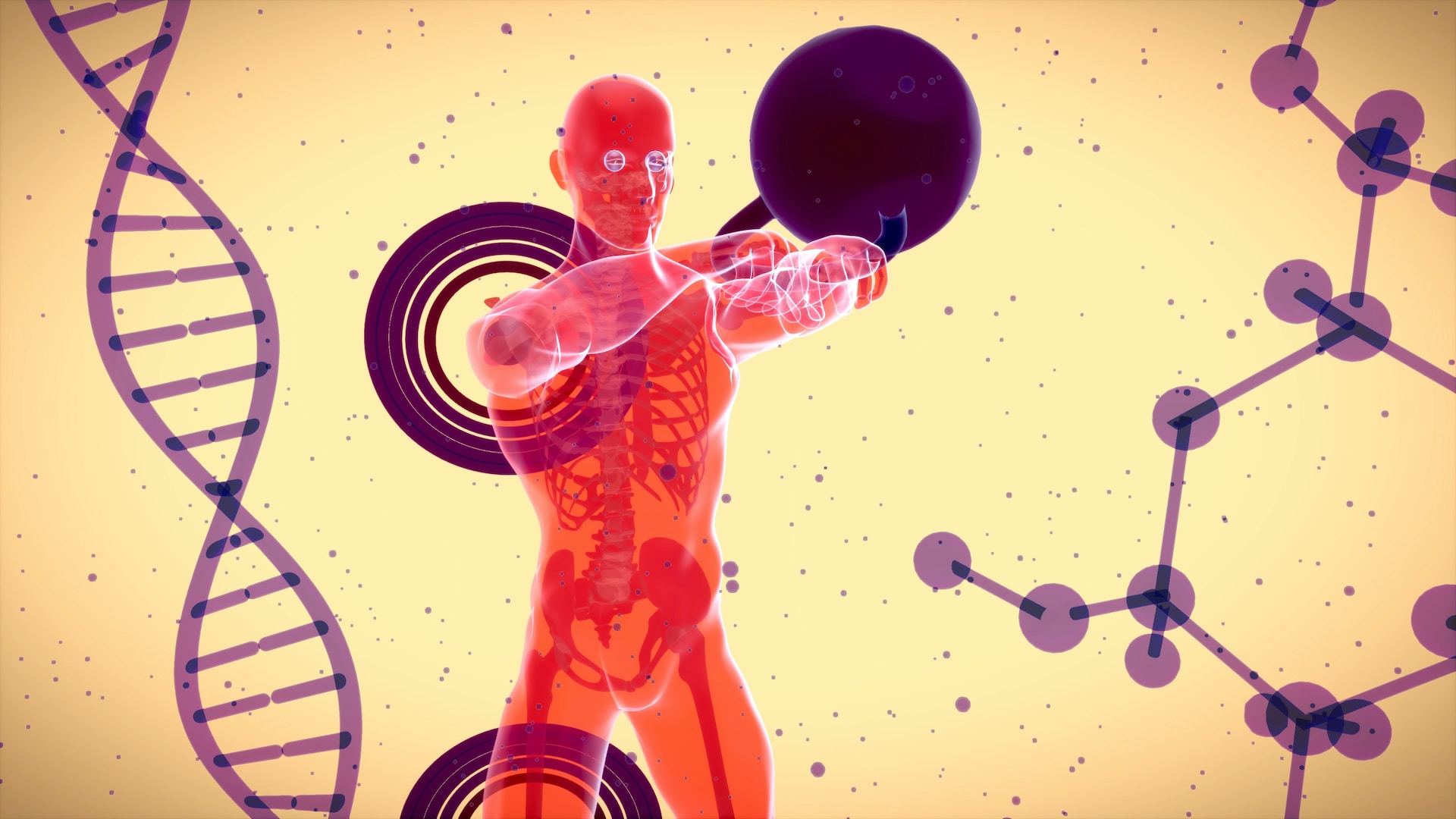
There are many diseases of the gallbladder. Inflammation can occur in the gallbladder. Stones can also be deposited in the gallbladder. Problems with the gallbladder often lead to changes in digestion and bowel movements. The most common gallbladder diseases include:
Gallbladder stones are conditions in which deposits of precipitated bile components form in the gallbladder or bile ducts. The most common in the Western population are cholesterol stones![]() , although dye and mixed stones are also encountered. Bile is composed of many substances.
, although dye and mixed stones are also encountered. Bile is composed of many substances.
Typically, these substances dissolve in bile and are then eliminated from the gastrointestinal tract. However, disorders in the bile composition can affect their ability to dissolve. Initially, tiny crystals start forming from substances that are not soluble, and over time they come together to create larger structures, ultimately leading to the formation of deposits.
In most patients, gallbladder stones may not produce symptoms for many years. In the case of uncomplicated gallbladder stones, the signs of the disease can vary greatly. The most common symptoms include:
Biliary Colic – A characteristic symptom of gallbladder stones is biliary colic![]() , which lasts from half an hour to several hours. A paroxysmal sharp pain in the abdomen often occurs after eating fatty foods. The pain may be felt in the upper abdomen on the right side under the ribs or in the middle and may radiate under the right shoulder blade. The pain may worsen with pressure and deep breathing. It usually persists for several hours and gradually subsides. The cause of this condition is the closure of the alveolar duct by a deposit wedged in it. The bile is then unable to escape from the shrunken follicle, which causes an increase in pressure inside the follicle that is the cause of the painful symptoms.
, which lasts from half an hour to several hours. A paroxysmal sharp pain in the abdomen often occurs after eating fatty foods. The pain may be felt in the upper abdomen on the right side under the ribs or in the middle and may radiate under the right shoulder blade. The pain may worsen with pressure and deep breathing. It usually persists for several hours and gradually subsides. The cause of this condition is the closure of the alveolar duct by a deposit wedged in it. The bile is then unable to escape from the shrunken follicle, which causes an increase in pressure inside the follicle that is the cause of the painful symptoms.
Nausea and Vomiting – These are symptoms accompanying biliary colic. The discomfort subsides after the deposit withdraws from the cystic duct into the gallbladder. Recurrences usually occur within a few weeks to a year after the first pain incident.
Nonspecific Symptoms – During gallbladder stones, nonspecific symptoms such as heartburn or discomfort in the epigastric region may also occur. Unusual symptoms of gallbladder trouble include a bitter taste in the mouth, dark circles under the eyes, and a dry throat. All are related to impaired liver function and abnormal flow.
If the cystic duct remains blocked for an extended period, it can lead to complications such as cholelithiasis or cholecystitis. In cases of acute cholecystitis, patients may experience fever, chills, and biliary colic. Blood tests will indicate high leukocytosis![]() . Prompt diagnosis and treatment of gallbladder stones can prevent complications.
. Prompt diagnosis and treatment of gallbladder stones can prevent complications.
In uncomplicated cases of gallbladder stones, laboratory tests will show no abnormalities, making blood tests less effective in diagnosing the condition. However, an ultrasound of the abdomen is a reliable standalone test for identifying gallbladder stones.
Ultrasound Examination – When the disease does not produce symptoms, stones are diagnosed by chance during an analysis performed for another reason. Abdominal ultrasound can visualize the size and location of the deposits.
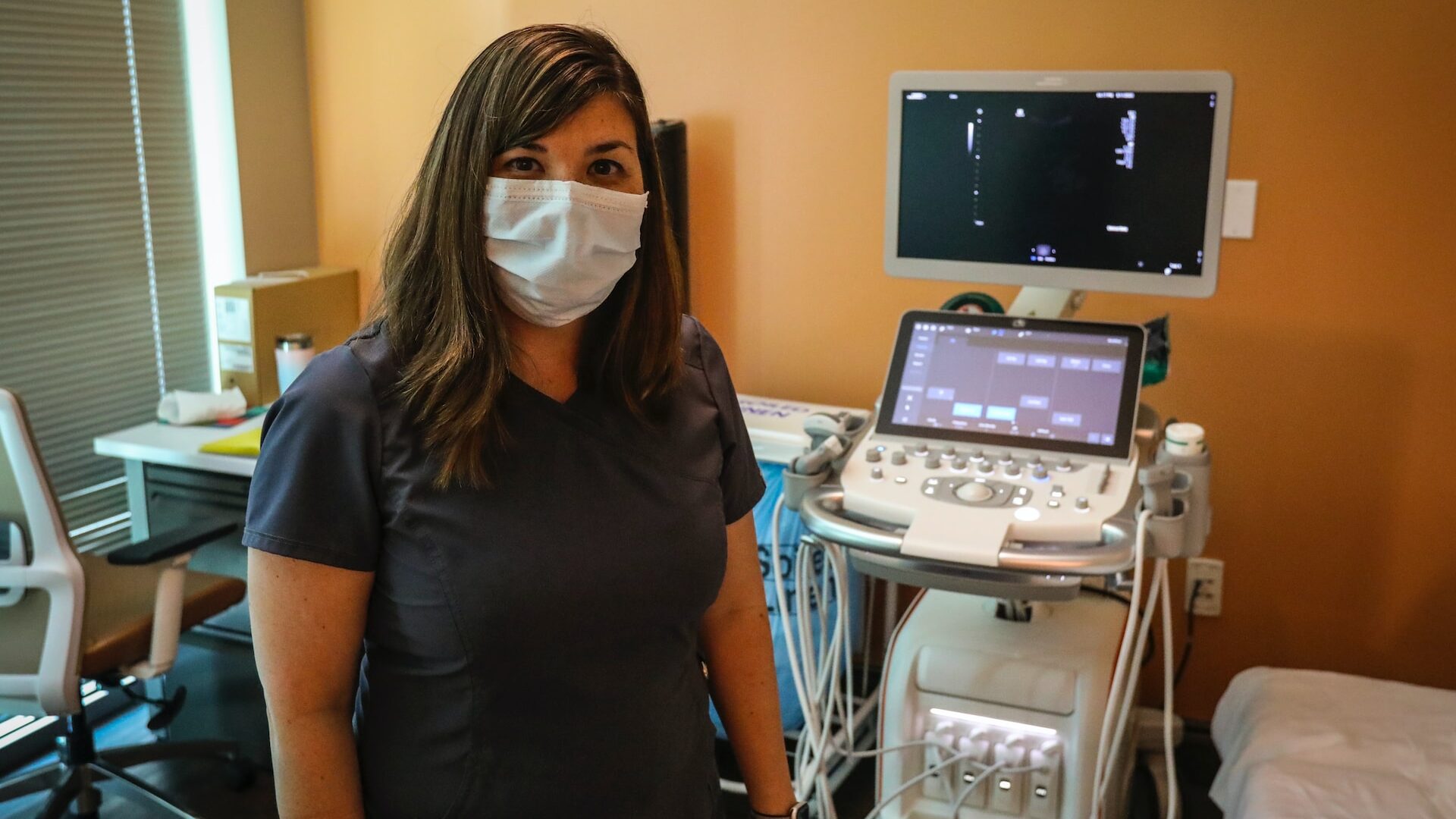
Treatment of gallbladder stones includes various methods. The painful symptoms of biliary colic are alleviated, as well as conservative treatment or surgical treatment in more severe cases.
Symptomatic Treatment – Painkillers and diastolic medications are used to relieve symptoms. Analgesics include paracetamol and also non-steroidal anti-inflammatory drugs. The use of diastolic medicines, on the other hand, is aimed at inducing a relaxant effect on smooth muscle.
Conservative Treatment – Conservative treatment of gallstones consists primarily of giving patients bile acids![]() . This treatment effectively dissolves deposits in the bile ducts, bringing the body back to its normal balance. If the deposits cannot be dissolved with medication, surgery is required.
. This treatment effectively dissolves deposits in the bile ducts, bringing the body back to its normal balance. If the deposits cannot be dissolved with medication, surgery is required.
Surgical Treatment – If the condition persists for an extended period or there is a potential risk of disease complications, it is important to seek a surgical consultation. The recommended treatment for patients with symptomatic gallbladder stones and complications is surgical removal of the gallbladder and its deposits.
Gallbladder inflammation involves the gallbladder, which usually develops when bile becomes trapped in the gallbladder and becomes infected with bacteria![]() . Acute cholecystitis can occur when the gallbladder wall becomes ischemic and inflamed due to blocked bile outflow.
. Acute cholecystitis can occur when the gallbladder wall becomes ischemic and inflamed due to blocked bile outflow.
Backlogged bile irritates the walls of the gallbladder, which provokes the release of factors of the inflammatory process, and the increase in pressure in the lumen of the gallbladder impairs blood flow in the mucosa of the gallbladder wall and can lead to its necrosis. In most cases, acute cholecystitis is one of the complications of gallstones, but it can also occur due to other severe systemic diseases.
Acute cholecystitis gives sudden and characteristic symptoms. These include:
Biliary Colic – The aforementioned biliary colic can herald acute gallbladder inflammation caused by gallstones. Lithiasis can be asymptomatic for an extended period, and the onset of biliary colic usually indicates the beginning of acute inflammation if the pain lasts longer than 6 hours. Severe pain in the right lower abdomen or epigastrium is characteristic of this condition.
Fever – When experiencing biliary colic, it is common to have an increased body temperature that manifests as a fever. Fever is the body's natural defense mechanism and can come with additional symptoms such as sweating, feeling cold or uncomfortable, chills, and a decreased appetite.
Nausea – Nausea is characterized by stomach discomfort and the sensation of needing to vomit. It is often accompanied by pale skin, excessive sweating, increased saliva production, lowered blood pressure, and dizziness. Biliary colic can also cause nausea that may result in vomiting.
Yellowing of the Skin – Occasionally, acute cholecystitis may cause a rare symptom known as jaundice![]() . Jaundice is characterized by yellowing of the skin, which occurs when there is an increased level of bilirubin in the blood. This condition of the body is called jaundice and is a symptom, not a disease. Yellow skin can appear on the arms, legs, and other body parts. The eyes may also become yellow.
. Jaundice is characterized by yellowing of the skin, which occurs when there is an increased level of bilirubin in the blood. This condition of the body is called jaundice and is a symptom, not a disease. Yellow skin can appear on the arms, legs, and other body parts. The eyes may also become yellow.
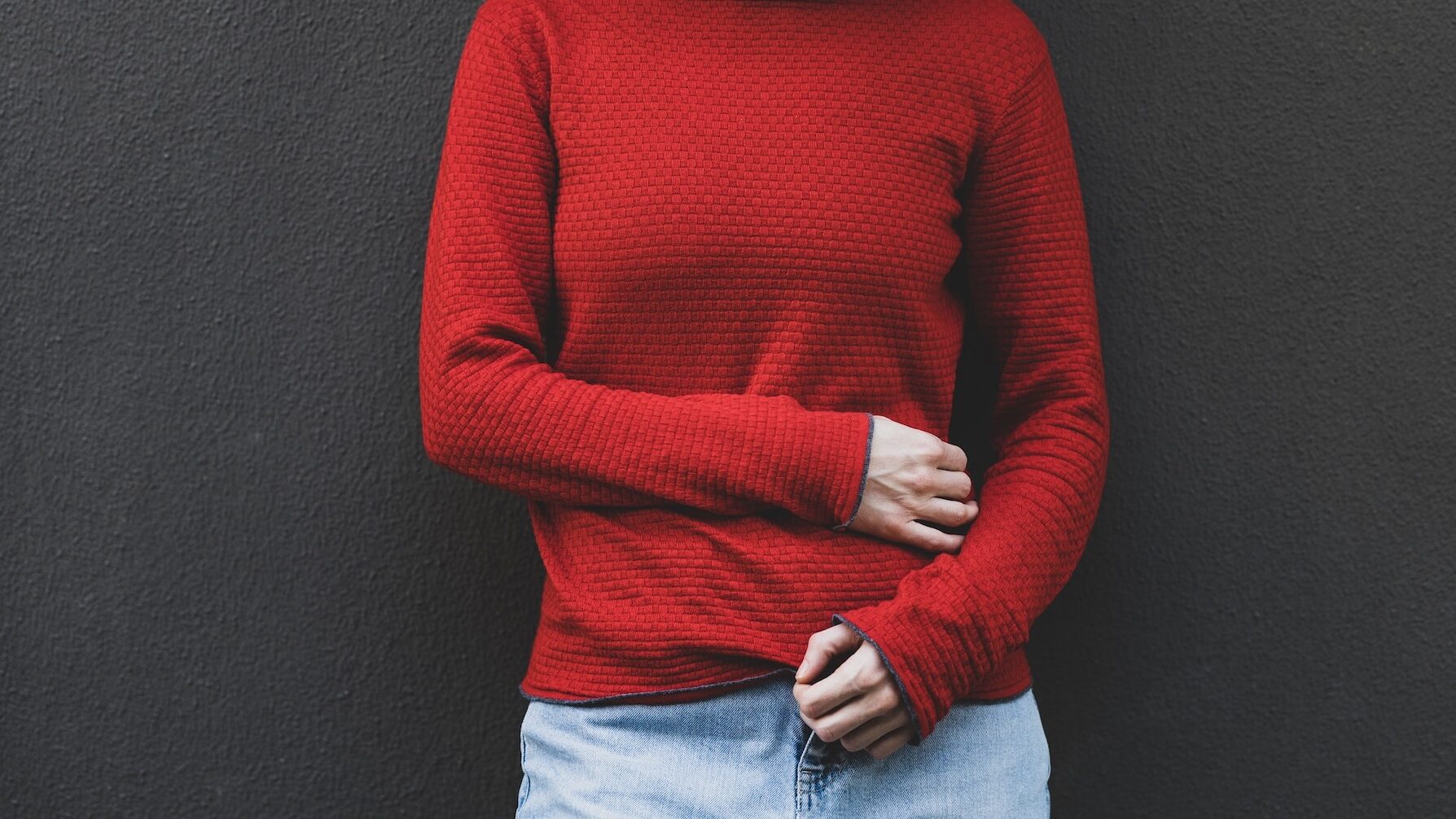
Biliary colic should always be carefully diagnosed, as it can mask diseases of other organs and can especially indicate acute cholecystitis. In acute biliary colic inflammation, the medical history and palpation examination are essential in the first place, which allows a reasonably quick diagnosis. In addition, the following are used:
Blood Tests – In the case of acute cholecystitis, blood tests show high leukocytosis, with a shift of the leukocyte percentage picture to the left. In addition, there is also increased activity of hepatic indices and an increase in bilirubin and serum amylase activity.
Abdominal Ultrasound – The primary examination is abdominal ultrasound, which can reveal deposits in the follicle, the thickening of its walls, and fluid accumulation around the follicle. In addition, endoscopic ultrasound is performed as an adjunct.
Abdominal X-ray – In some cases, an abdominal X-ray proves helpful, as it can visualize calcified deposits and gas bubbles in the gallbladder's walls.
Ad hoc painkillers and decongestants can be taken to relieve the discomfort of biliary colic. In many cases, conservative treatment can help resolve acute cholecystitis. However, it's important to seek medical attention even if the pain improves, as surgery may still be indicated for acute cholecystitis.
Treatment during hospitalization typically involves a strict diet, fluids for hydration, pain relief medication, and antibiotics. In any case of acute cholecystitis during cholelithiasis, the necessary treatment is surgical removal of the gallbladder, which should be performed within a few days of the onset of symptoms. In most patients, it can be performed laparoscopically![]() .
.
Laparoscopic method – This is a less invasive type of surgical procedure. Access to the abdominal cavity through several small punctures in the shell makes it possible to perform gallbladder removal under videoscopic guidance without cutting through the abdomen as in the classic technique.
Chronic cholecystitis is a misshapen gallbladder with a thickened and fibrotic wall resulting from mechanical irritation caused by gallstones or recurrent biliary colic attacks![]() . In some cases, the lining of the gallbladder may become ulcerated and scarred. The walls of the gallbladder can also calcify in a few instances.
. In some cases, the lining of the gallbladder may become ulcerated and scarred. The walls of the gallbladder can also calcify in a few instances.
When bile backs up and stones irritate the walls, inflammation develops. This leads to enlargement of the gallbladder and disruption of blood flow through its vessels, which further increases inflammation. If this condition is not treated, a bacterial infection can develop, which is transmitted with blood.
The course of chronic cholecystitis is more benign than that of acute cholecystitis. Symptoms may be milder, although the onset of biliary colic is also possible and has a recurrent form. Symptoms of chronic cholecystitis include:
Abdominal Pain – Chronic cholecystitis can cause ongoing abdominal pain that varies in intensity. The pain is typically felt on the right side of the abdomen and may radiate to the right shoulder blade and spine. However, the discomfort can sometimes be atypical, and pain may also occur in other areas, particularly in the upper abdomen.
Recurrent Biliary Colic – In chronic cholecystitis, some patients may experience recurring episodes of biliary colic. However, the pain in these cases is often not very severe. It typically intensifies only after consuming a fatty meal. Initially, the discomfort may be temporary, but over time it can become more persistent and develop into longer-lasting pains.
Flatulence – This is a feeling of uncomfortable fullness in the abdominal cavity, usually after eating a meal. In most cases, bloating![]() is a subjective sensation unrelated to an increase in intestinal gas volume or abdominal circumference, resulting from a disruption of visceral feeling and intestinal motility. As a result of chronic cholecystitis, bloating can occur, as well as frequent belching and a distasteful taste in the mouth.
is a subjective sensation unrelated to an increase in intestinal gas volume or abdominal circumference, resulting from a disruption of visceral feeling and intestinal motility. As a result of chronic cholecystitis, bloating can occur, as well as frequent belching and a distasteful taste in the mouth.
Nausea – Nausea is a common symptom that can accompany the painful symptoms, although it might not always lead to vomiting. This general discomfort can be linked to the digestive system, particularly after consuming fatty foods.
Yellowing of the Skin – Slight yellowing of the skin and sclerae of the eyes may occur. Physical exertion, stimulants, or stress can aggravate this condition. The degree of yellowing of the skin depends on the concentration of bilirubin and ranges from slightly yellow in cases of mild hyperbilirubinemia to brown in advanced jaundice.
In chronic inflammation, the gallbladder is usually undetectable on abdominal examination by touch. The doctor establishes the diagnosis based on information from the patient's symptoms and an abdominal ultrasound, which shows stone deposits in the gallbladder and thickening of its wall.
Proper diagnosis is crucial, as untreated chronic cholecystitis can lead to many complications. In perennial gallstones, and especially in chronic cholecystitis, there is a slightly increased possibility of developing gallbladder cancer. What is essential in the case of chronic cholecystitis is timely medical consultation. Ignoring the first symptoms can unnecessarily exacerbate the inflammation.
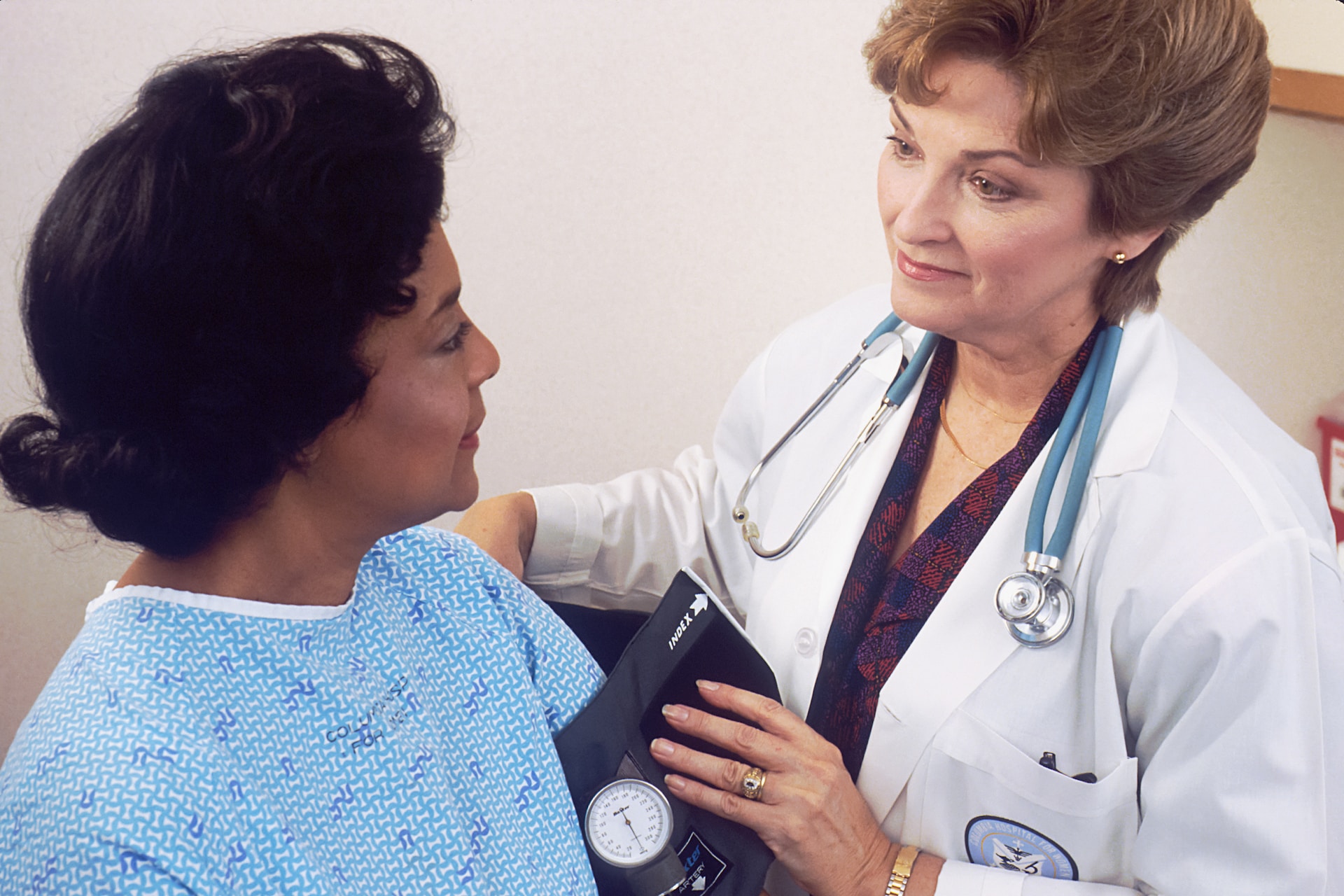
The treatment for chronic cholecystitis is similar to that of gallstones and acute cholecystitis. The main objective is to alleviate the symptoms by extracting the deposits responsible for the disease. However, if chronic cholecystitis does not cause any discomfort, surgery may not be necessary. In such cases, doctors might suggest taking choleretic agents and adopting a low-fat diet![]() that is easy to digest.
that is easy to digest.
Symptomatic chronic cholecystitis, on the other hand, is an indication for surgical removal of the organ along with the deposits. Depending on the assessment of your condition and the conditions around the gallbladder, your doctor may choose the classic or open method or the minimally invasive laparoscopic method. In the latter case, you stand a chance of a faster recovery, a lower risk of postoperative complications, and more minor scars.
Gallbladder cancer is a malignant tumor arising from the gallbladder mucosa's epithelial cells. The causes of gallbladder cancer are not precisely known. Long-term gallbladder stones are one of the most common risk factors for gallbladder cancer. The possibility of developing gallbladder cancer increases with age.
In most cases, women![]() are more likely to be diagnosed. Gallbladder cancer is one of the worst prognostic cancers of the gastrointestinal tract, and the possibility of radical treatment applies to a small group of patients who develop early symptoms or have the disease detected accidentally on the occasion of other examinations.
are more likely to be diagnosed. Gallbladder cancer is one of the worst prognostic cancers of the gastrointestinal tract, and the possibility of radical treatment applies to a small group of patients who develop early symptoms or have the disease detected accidentally on the occasion of other examinations.
The first symptoms of gallbladder cancer are not characteristic and are ignored by patients. The most common complaints are associated with gallbladder stones, which coexist in most cases. The typical attack of biliary colic in gallbladder cancer rarely occurs. The most common signs of gallbladder cancer include:
Abdominal Pain – With regards to abdominal pain specifically, it typically manifests in the upper right side of the abdomen and can radiate towards the right side of the spine and intercostal area. The pain is continuous and may also lead to muscle tension in that region. In addition, discomfort in the epigastrium and right lower abdomen may occur.
A Palpable Tumor – The follicle is easily detectable by the examining physician. A lump may be observable on the gallbladder in the upper right quadrant of the abdomen on physical examination. Palpation examination is usually painless. In cases of liver cancer, pressure soreness in the liver area may occur.
Jaundice – Another symptom to watch for is jaundice, where the skin turns yellow and itching![]() may occur. Dark urine and light or discolored stools are also signs of jaundice. These symptoms suggest that the cancer has advanced significantly.
may occur. Dark urine and light or discolored stools are also signs of jaundice. These symptoms suggest that the cancer has advanced significantly.
Additional Symptoms – Other symptoms of varying intensity may also appear besides the listed characteristic signs. They usually cause discomfort related to the digestive system. These include nausea, vomiting, loss of appetite and associated weight loss![]() . Sometimes, episodes of biliary colic and febrile conditions are possible.
. Sometimes, episodes of biliary colic and febrile conditions are possible.
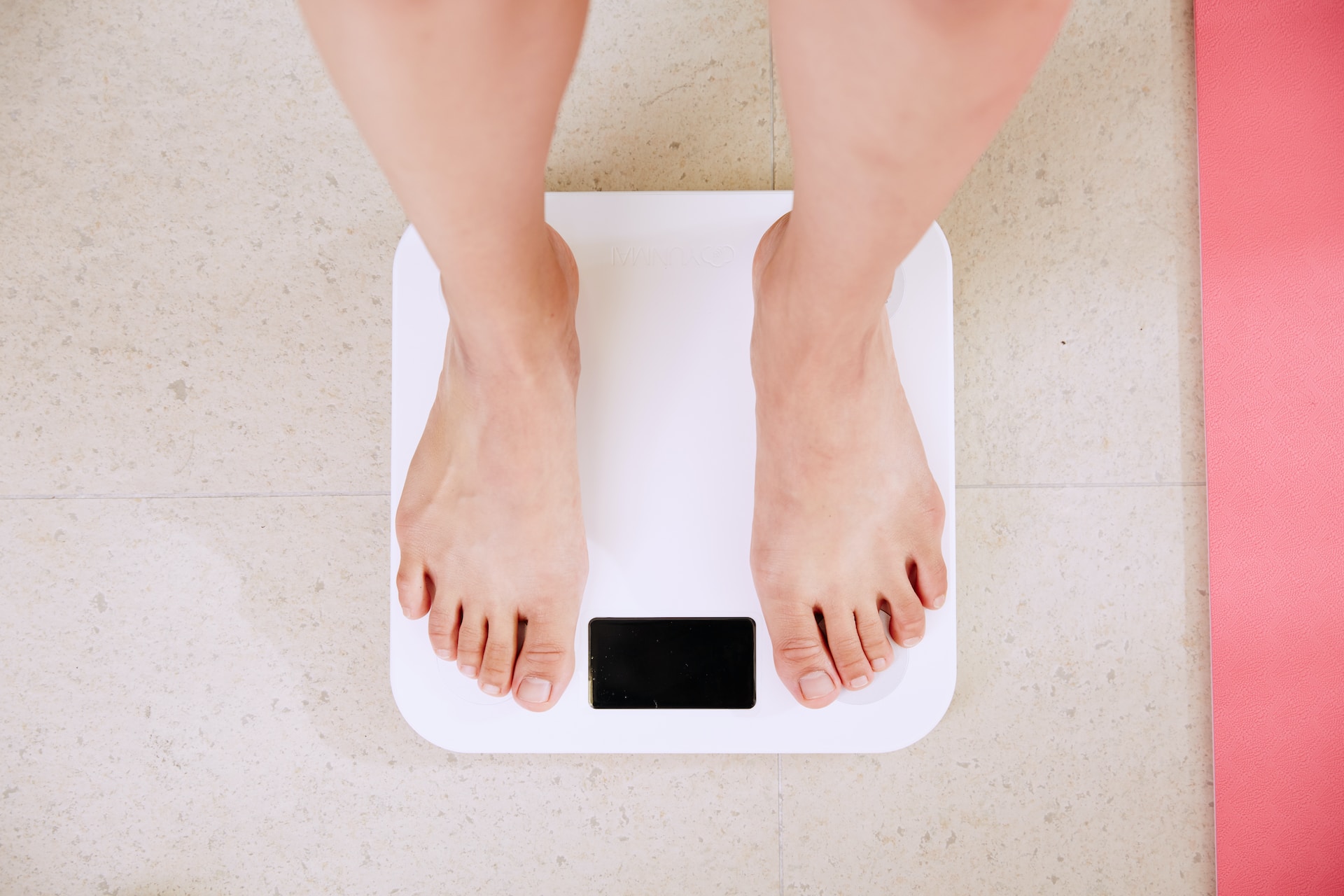
Early detection of gallbladder cancer is sporadic. Usually, the early stages of cancer are detected by chance. The following tests are used to see it:
Physical Examination – On examination, a lump can be felt in the upper right area of the abdomen, and pressure soreness of the liver area appears. The abdominal circumference and fluid palpable enlargement on manual examination indicate that the cancer has spread to the peritoneum and abdominal organs.
Histopathological Examination – This involves taking a slice from the patient's tissue affected by the lesion and evaluating it under a microscope. Such an examination makes it possible in the vast majority of cases to precisely determine the nature of the pathology, which is essential, especially in the case of cancerous lesions.
Abdominal Ultrasound – Gallbladder ultrasound is part of a total abdominal examination. The indication for its performance is the suspicion of pathological conditions within the gallbladder. An ultrasound of the gallbladder is a painless and non-invasive procedure that provides an accurate assessment of the organ being examined. It is a simple examination to perform.
CT scan – This test helps evaluate the severity of the disease by providing detailed images. It can determine how extensively the liver is affected by cancer. Computed tomography uses X-rays to create highly accurate images of the organs being examined from various angles and layers.
MRI – MRI is a diagnostic test that uses magnetic fields to create detailed images of the body. It can detect narrowing or blockages in the central bile ducts, which are often caused by cancer infiltration.
Cholecystectomy – The only effective way to completely cure gallbladder cancer is through surgery![]() , during which the gallbladder is excised. If there has been liver infiltration, partial excision of this organ and lymph nodes may be performed during the operation. Sometimes, it is necessary to remove the pancreas and duodenum.
, during which the gallbladder is excised. If there has been liver infiltration, partial excision of this organ and lymph nodes may be performed during the operation. Sometimes, it is necessary to remove the pancreas and duodenum.
Palliative Treatment – Surgery can be performed only in patients with early cancer. In some advanced cases, only palliative therapy is possible. It is aimed at alleviating unpleasant symptoms. Then, among other things, a procedure is performed, during which a prosthesis is inserted into the bile ducts narrowed by the cancer. Palliative drainage![]() of the bile ducts is carried out to reduce the symptoms of jaundice.
of the bile ducts is carried out to reduce the symptoms of jaundice.
Chemotherapy – This type of treatment is possible, although unpopular because gallbladder cancer is considered cancer with low sensitivity to chemotherapy. The hope for improving the outcome of gallbladder cancer is modern adjuvant therapy![]() combined with chemotherapy. However, adjuvant treatment for gallbladder and biliary tract cancer remains controversial, as too few clinical trials have been conducted to confirm its effectiveness.
combined with chemotherapy. However, adjuvant treatment for gallbladder and biliary tract cancer remains controversial, as too few clinical trials have been conducted to confirm its effectiveness.
Radiation Therapy – Radiation therapy for gallbladder cancer has limited applications. Treatment with radiation is one option for locally advanced cancers. In some clinical situations, for example, chemoradiotherapy is used for treatment when there is a microscopically irreversible resection of a bile duct tumor.

Gallbladder cancer has a poor prognosis. In general, a complete cure for gallbladder cancer is complex. Surgery should alleviate the disease's symptoms, especially those caused by obstruction of bile outflow. Despite advances in oncological diagnosis, it is diagnosed too late, and only incidentally detected lesions at an early stage offer a chance for long-term survival.
A complete cure for gallbladder stones and cholecystitis involves removing the gallbladder and deposits. It is important to note that surgery does not eliminate the genetic propensity to form deposits. After the gallbladder is removed, they can be included in the bile ducts, for example. In that case, the stones are extracted with an endoscope. Then, complete healing and recovery are possible.
In the case of gallbladder cancer, the only practical way of complete cure is surgery, during which the gallbladder is excised. If there has been liver infiltration, partial excision of this organ and lymph nodes may be performed during the operation. However, cancer is a more severe disease and difficult to cure completely. This cancer progresses rapidly and has a high mortality rate.
Gallbladder problems are often associated with gallstones. This condition usually leads to inflammation and diseases related to the bile ducts. It is, therefore, worth knowing the risk factors for gallstones, which are as follows:
Genetic Factors – Family history plays a role in the development of gallbladder disease. If someone has family members who have had gallbladder diseases, their risk of developing the same conditions is higher.
Diabetes – Diabetes is a disease that can increase the risk of developing gallstones. This occurs because there is an excess of bile acids in the bile, which leads to a saturation of bile and a decrease in gallbladder emptying. This risk is particularly elevated in individuals with diabetic neuropathy.
Obesity – Unhealthy eating habits play a major role in the formation of cholesterol gallstones. This puts individuals who are obese and have poor dietary choices at a higher risk for developing gallbladder disease.
Improper Diet – Dietary choices![]() play a significant role in the development of gallbladder disease. Consuming insufficient dietary fiber can hinder the proper function of the gallbladder. Likewise, a lack of unsaturated fatty acids reduces lecithin production in bile and impairs cholesterol dissolution. Moreover, an excess intake of sugars and animal fats has a detrimental impact on gallbladder health.
play a significant role in the development of gallbladder disease. Consuming insufficient dietary fiber can hinder the proper function of the gallbladder. Likewise, a lack of unsaturated fatty acids reduces lecithin production in bile and impairs cholesterol dissolution. Moreover, an excess intake of sugars and animal fats has a detrimental impact on gallbladder health.
Lipid Disorders – Low serum HDL cholesterol levels contribute to a higher incidence of gallstone symptoms. People with elevated serum triglyceride levels are more likely to develop lithogenic bile and are more likely to develop symptoms of previously asymptomatic gallstones.
Rapid Weight Loss – Induces impaired emptying of the gallbladder, caused by reduced secretion of cholecystokinin. This hormone is secreted under the influence of a fat-containing meal, causing the gallbladder to shrink and empty from bile. In the case of very restrictive diets![]() , there is a restriction of fat in the diet and, consequently, a reduction in the secretion of cholecystokinin.
, there is a restriction of fat in the diet and, consequently, a reduction in the secretion of cholecystokinin.
Medications Taken – Some drugs can adversely affect gallbladder function. Some medications that can help with weight loss include birth control pills, somatostatin, and fibrates. Birth control pills can have an impact on weight by affecting hormonal balance. Somatostatin works by slowing down the digestion process and reducing the absorption of fats and amino acids from the intestines. Fibrates are a type of medication commonly used to manage lipid metabolism disorders, which can also contribute to weight management.
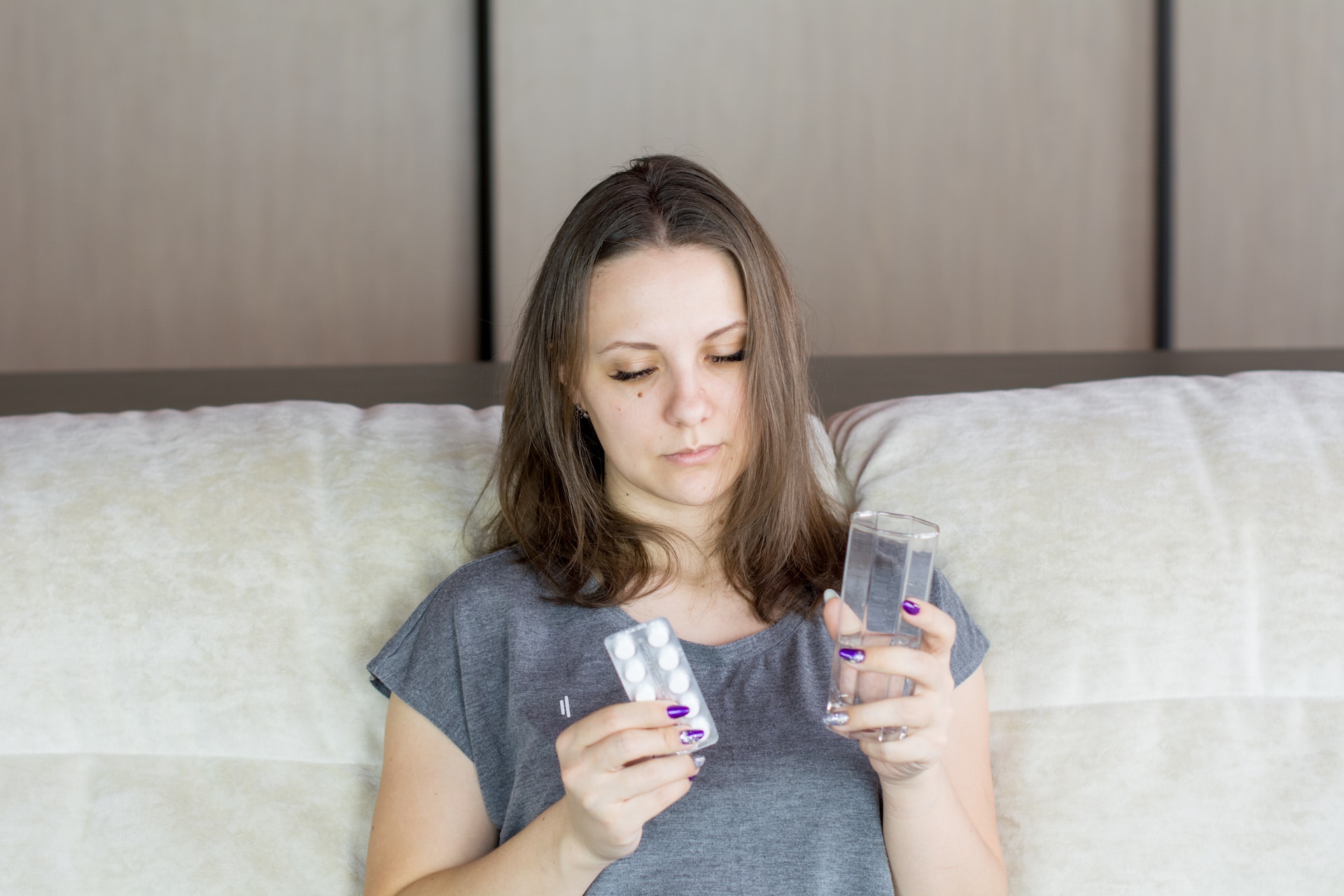
People in the risk group for gallbladder diseases should pay special attention to prevention, which can protect them from dangerous disease conditions. Most of the risk factors for gallstones are beyond our control, but the increase in the incidence of gallstones is due to faulty nutrition.
Diet is the primary method for managing asymptomatic gallstones. It's important to note that the dietary recommendations for managing asymptomatic gallstones are different from those after gallbladder removal or during acute inflammation.
Maintaining the Right Body Weight – Managing a healthy body weight is important to prevent gallstones. Consuming excessive amounts of high-fat foods, particularly those from animal sources, increases the risk. For individuals who are significantly overweight or obese, following a calorie-restricted diet may be necessary. However, it's important to avoid sudden and drastic weight loss. The diet should be personalized to meet individual caloric requirements.
Limit the Intake of Certain Foods – Reducing the consumption of certain foods is key in preventing gallstone formation. It is important to limit the intake of foods that can negatively impact the function of bile ducts, particularly those high in simple sugars. In addition, it is advisable to significantly reduce the amount of fatty meats, a rich source of saturated fatty acids.
Products Rich in Unsaturated Fatty Acids and Fiber – Nutritionists recommend including a sufficient amount of unsaturated fatty acids in the diet to prevent gallstone development. These can be found mainly in vegetable oils. Additionally, foods rich in dietary fiber, such as fresh vegetables and fruits, are highly appreciated for this purpose.
Regular Meals – Eating regular, evenly spaced meals throughout the day is crucial for preventing gallstones and boosting our immune system and overall vitality. It is advised to consume smaller meals at consistent intervals. Importantly, it is advisable to eat light meals composed of fresh vegetables, without meat and fatty cheese, before bed.
The gallbladder is an organ located below the liver in the upper right abdomen. It plays a vital role in digesting fats, storing and releasing bile into the small intestine. However, it can be vulnerable to various diseases such as inflammation, blockages in the bile ducts, or the formation of gallstones.
Gallstones are common and occur when insoluble deposits form in the gallbladder and bile ducts from chemicals found in bile. Other conditions include cholecystitis and gallbladder cancer, which can be challenging to detect at early stages. The most common symptom of gallbladder problems is intermittent pain known as biliary colic.
Patients often experience severe gripping or piercing pain in the upper abdomen on the right side that may radiate to the upper back. Some patients may also feel pain behind their sternum or even in the left epigastrium.
If you're experiencing symptoms related to gallbladder disease, it's essential to seek medical attention. Intermittent pain or nausea should prompt immediate medical intervention for a proper diagnosis. Gallbladder diseases require appropriate treatment, with surgery often being necessary.
Table of Contents

Cholecystitis is a medical term used to describe gallbladder inflammation. Often called acute cholecystitis by specialists, it is a condition… read more »
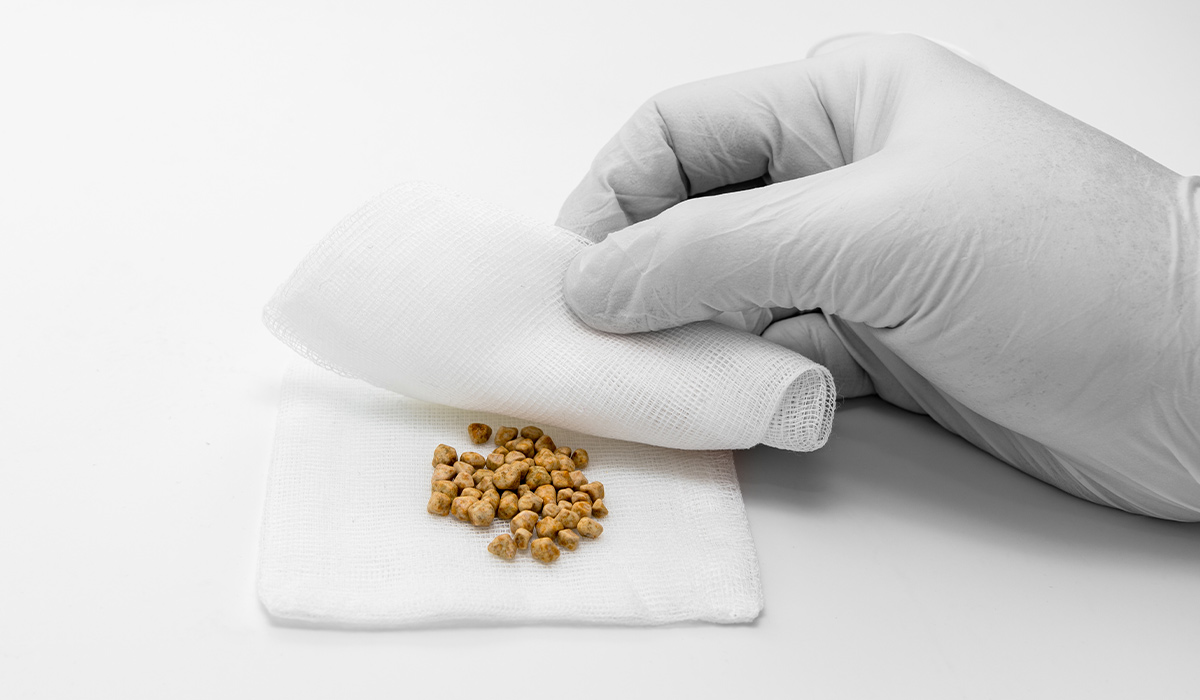
Gallstones are deposits. They are formed in the gallbladder due to the precipitation of bile components. What symptoms do they… read more »
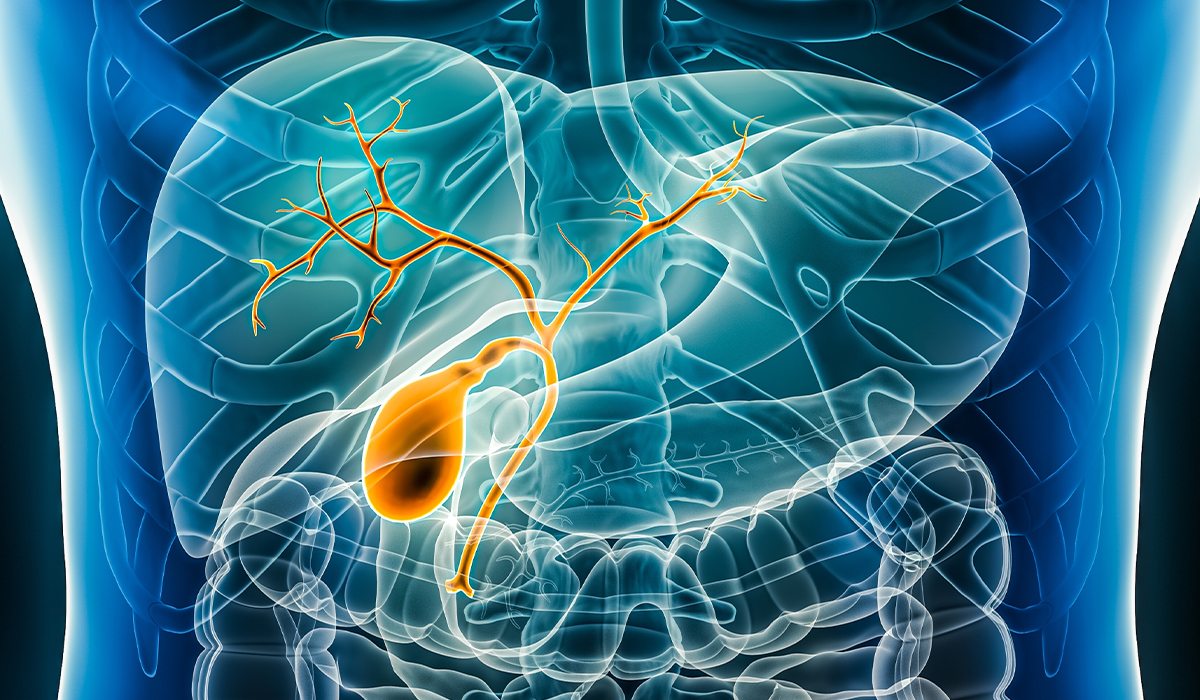
Bile is a green-yellow liquid that the liver prepares and stores in the gallbladder. It's key for breaking down and… read more »

Gallbladder removal is necessary in some cases. Learn about common symptoms of bile duct problems, indications and contraindications to surgery. read more »
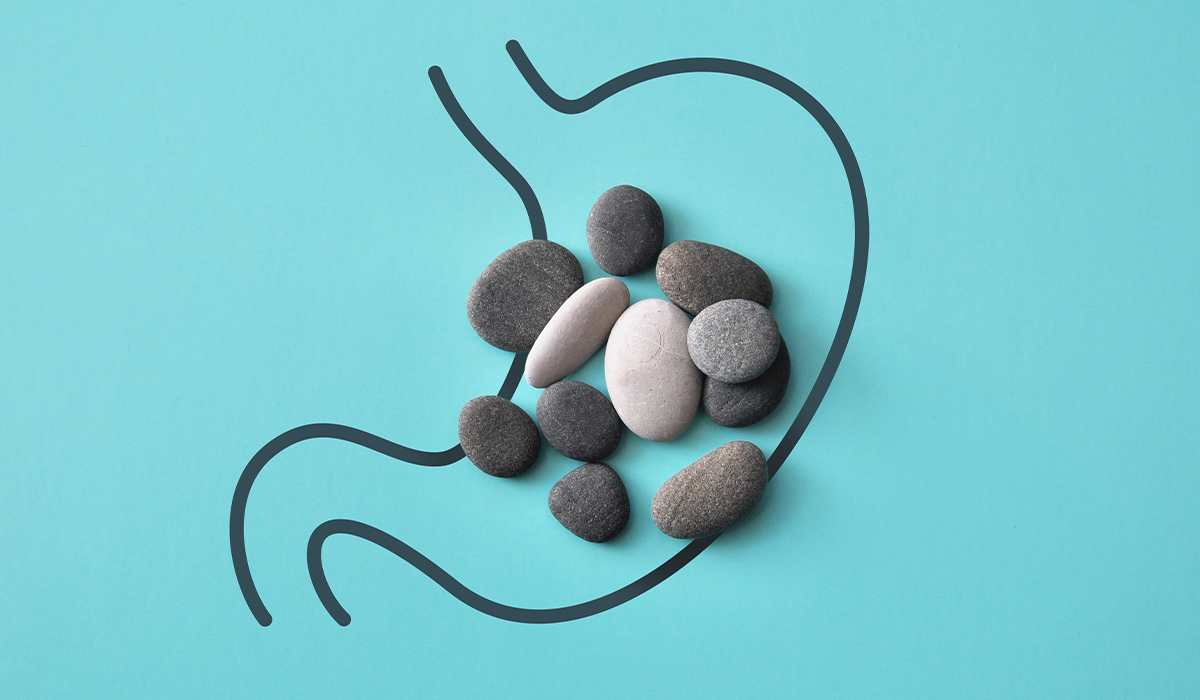
Kidney stones can form for a variety of reasons. Learn about factors that increase the risk of kidney stones. See… read more »
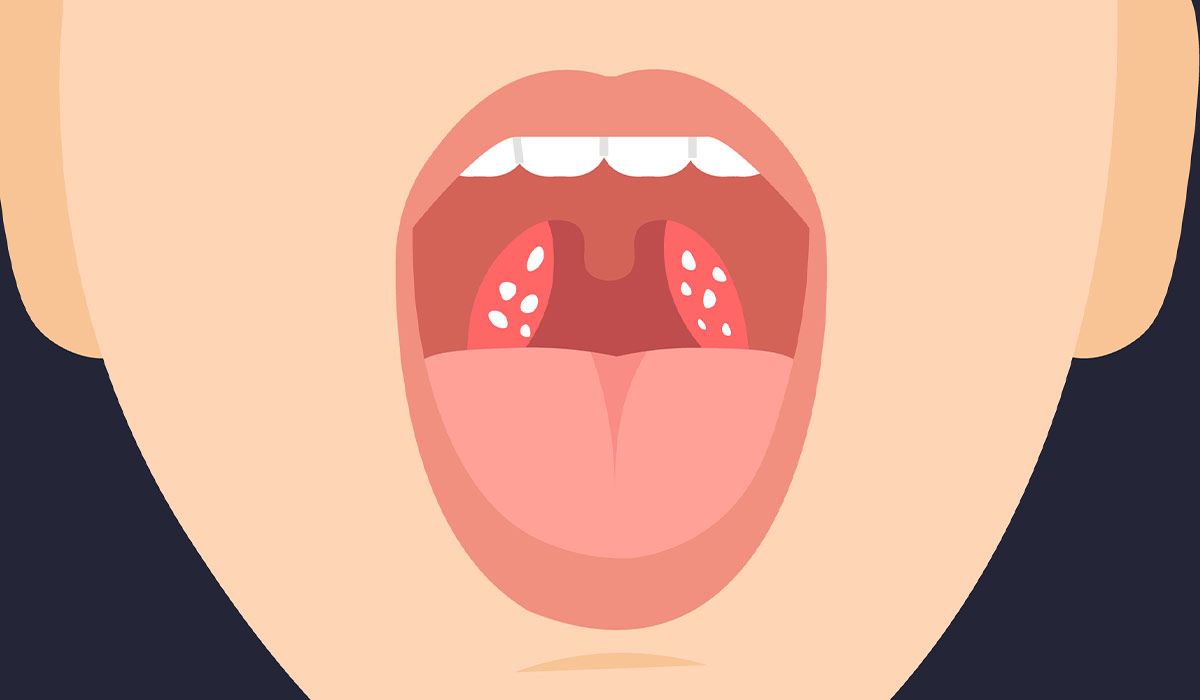
Tonsil stones are a common condition affecting millions of people each year. It occurs due to the buildup of debris… read more »
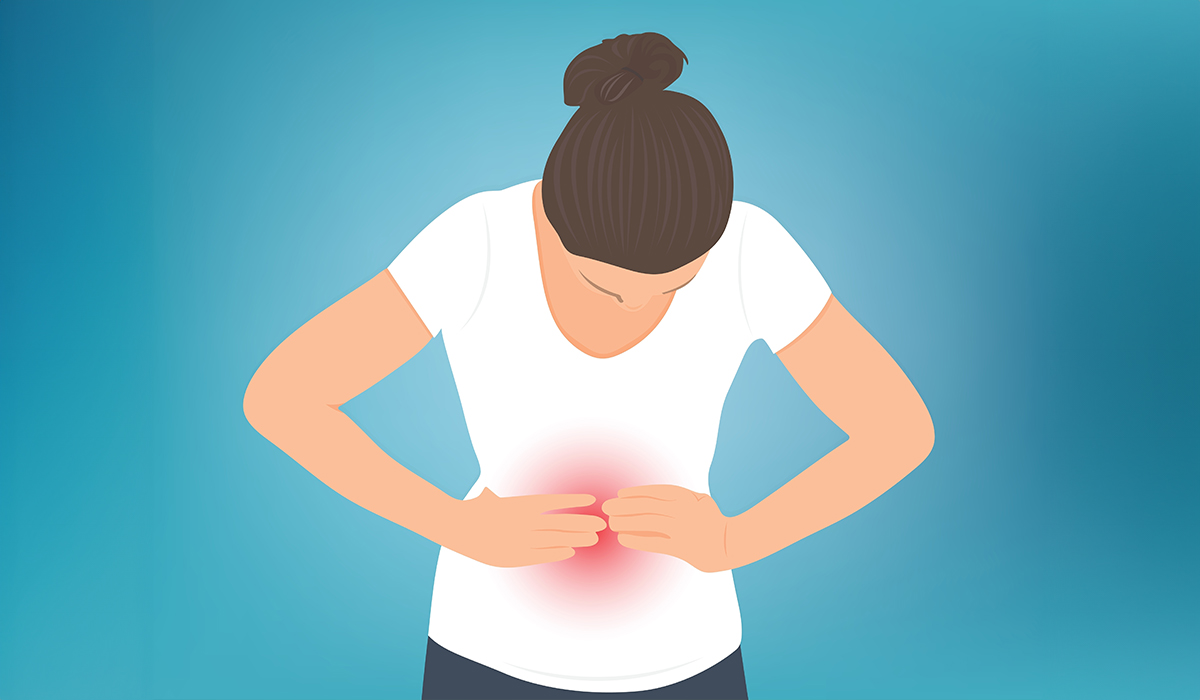
Abdominal pain refers to discomfort or pain felt anywhere in the area between the chest and the pelvis, commonly known… read more »

A gastroenterologist deals with the diagnosis and treatment of diseases of the human digestive system. What does a visit to… read more »
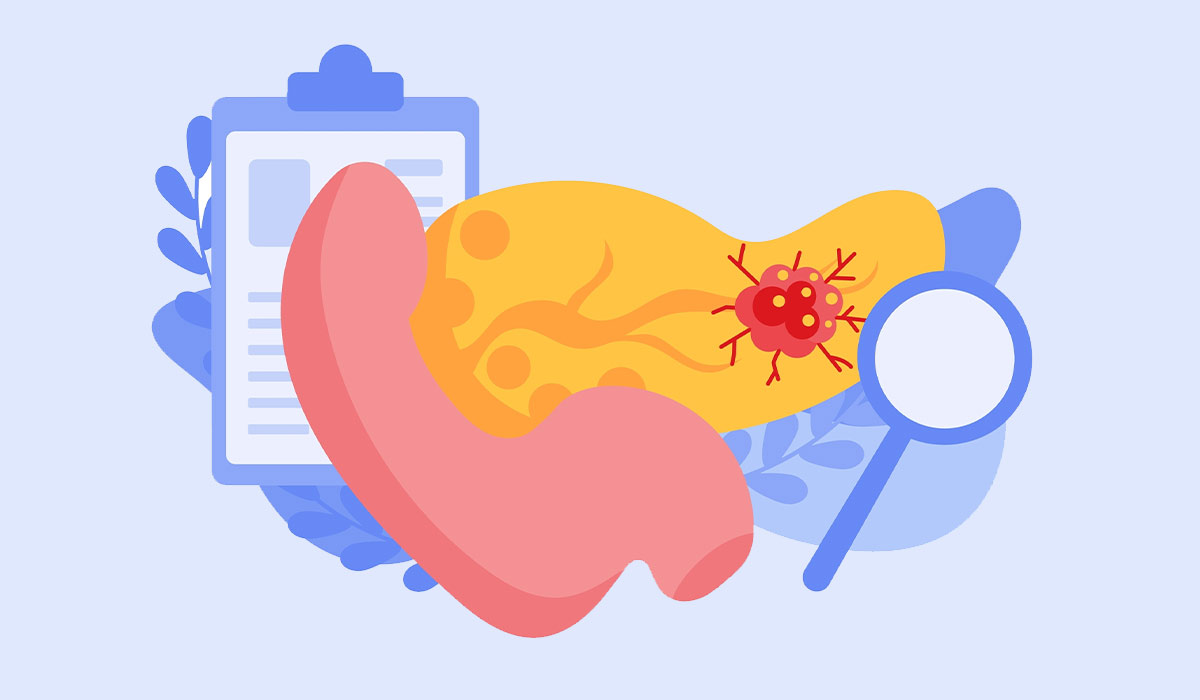
Pancreatitis is an inflammation of the pancreas. It usually presents itself with abdominal pain and can be extremely dangerous. What… read more »